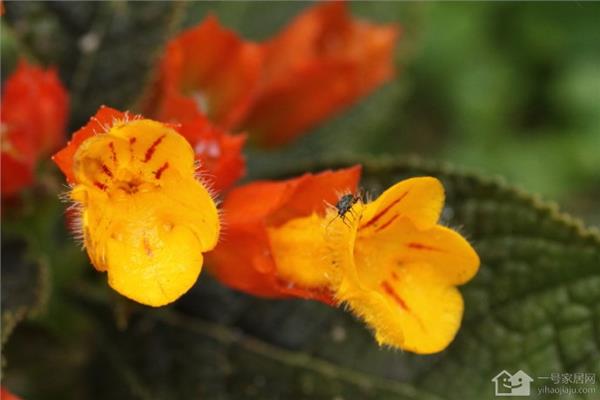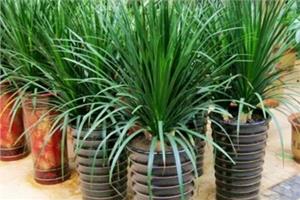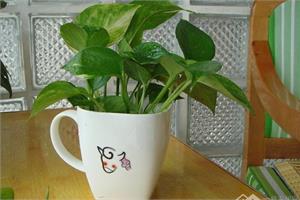Introduction of saffron cultivation techniques of Carthamus tinctorius
Golden safflower flowering longer, spring, summer, autumn three seasons have, suitable for temperate indoor potted, in tropical areas can be used to decorate flower beds, flower borders and courtyard planting. Now let's take a look at the knowledge of the Golden Safflower.

I. Introduction to Golden Safflower
Golden safflower Golden safflower is a perennial bulbous plant of Gesneriaceae. It is 15~25cm high and has orange-yellow flowers. It is an excellent flower with flowers and flowers. Safflower is native to tropical America. Like warm, humid and semi-shady environment, avoid direct light. Golden safflower is not delicate, vitality is strong, flowering is longer, tropical areas can be used to decorate flower beds, flower borders and courtyard planting. Temperate zone much potted plant is ornamental. Golden safflower likes warm, humid and semi-shady environment, avoid direct light; not delicate, strong vitality, long flowering period, tropical areas can be used for flower beds, flower borders and courtyard planting. Temperate zone much potted plant is ornamental. Native to tropical America.
Golden safflower
2. Ecological Habits of Golden Safflower
For perennial bulbous flowers, like high temperature and humidity environment, like high temperature and humidity, should be semi-shade, avoid direct light. The optimum temperature for growth is 25-28℃ during the day and 15-18℃ at night. Fertile, loose, well-drained soil is required. Golden safflower likes warm, humid and semi-shady environment, temperature adaptation range is large, can grow normally in 18~40℃. But not cold, room temperature can not be lower than 15℃. The soil is loose, fertile and well drained. Greenhouse cultivation needs about 50% shade in spring, summer and autumn, and no shade in winter. Families can be placed indoors in bright places near the front window, like strong scattered light, but avoid strong direct sunlight.
3. Cultivation techniques of golden safflower
Red flower potted soil, available peat soil or rotting soil plus 1/4 of the river sand or pearlite and a small amount of farm manure, pH 6 to 6.5, with a diameter of 10 cm to 15 cm round pot planting. The temperature adaptation range of this plant is large, and it can grow normally within 18~40℃, so it can be cultivated in a wide range, but it is not cold-resistant. It must ensure that the room temperature is not lower than 15℃, otherwise the plant will dormancy, the leaves will turn yellow, fall off, and stop growing. Avoid rapid temperature changes. The whole growing season should ensure that the basin soil is moist but not ponding, otherwise it will rot roots, and prevent ponding in the basin after rain. Avoid drought, pot topsoil about 1 cm dry can be watered, each time to irrigate thoroughly. Due to hairy foliage, watering water can not be sprinkled on the foliage, otherwise it will cause leaf decay. Dormancy begins in late autumn and early winter, so water less.
In spring, summer and autumn when potted plants grow vigorously, 20% cake fertilizer water is applied once every 2 weeks to 3 weeks, and 1% potassium dihydrogen phosphate is applied once a week from budding to flowering. Fertilization should be stopped in winter. The air humidity is maintained at 70%~90%, and the shade is 50%~80%. Too strong light will burn the leaves, while too weak light will make the plants grow excessively, affecting flowering. Warm and humid environment is very important for the growth of golden safflower, golden safflower in 15℃ to 35℃ temperature growth exuberant, flowering constantly. Golden safflower is a perennial herbaceous flower of Gesneriaceae, native to tropical America. Stems erect, underground tubers grow into plants, stems and leaves fleshy, potted 35 cm high, leaves larger, 15 cm long, opposite, dense coarse thorn hair, more wrinkled, red green light. Inflorescences axillary, flowers smaller, golden yellow, with red stripes or spots inside, calyx borne in clusters of fiery red on inflorescences. Golden flowers, red calyx, forming a sharp contrast, very beautiful.
Also belong to the same genus plants and large-leaf golden safflower. The pot soil is prepared from peat, moldy leaf soil and a quarter of river sand or pearlite and farm manure. The pH value is 6 to 6.5. It is planted in a round pot with a diameter of 10 cm to 15 cm. It prefers semi-shade environment, greenhouse cultivation needs about 50% shade in spring and summer, full sunlight in winter, suitable temperature for growth is 20℃ to 30℃, winter temperature is 13℃ to 16℃. Vigorous growth season hi sufficient water, to keep the pot soil moist, pot topsoil about 1 cm dry can be watered, each time to irrigate thoroughly. Basin soil permeability must be good, can not accumulate water, otherwise it will rot roots, after the rain to prevent basin water. Due to hairy foliage, watering water can not be sprinkled on the foliage, otherwise it will cause leaf decay. Dormancy begins in late autumn and early winter, so water less. When potted plants were growing vigorously, 20% cake fertilizer water was applied once every 2 weeks to 3 weeks, and 1% potassium dihydrogen phosphate was applied once a week from budding to flowering.
The above is the knowledge of gold safflower, I hope it can help you.
- Prev

What is Dragon Blood Tree? what are the main points of breeding Dragon Blood Tree?
What is Dragon Blood Tree? what are the main points of breeding Dragon Blood Tree?
- Next

Can green pineapple be put in the bedroom? matters needing attention in breeding green pineapple
Can green pineapple be put in the bedroom? matters needing attention in breeding green pineapple
Related
- Wuhan Hospital Iron Tree Blooming Result Was Instantly Frightened by the Gardener Master
- Which variety of camellia is the most fragrant and best? Which one do you like best?
- What is the small blue coat, the breeding methods and matters needing attention of the succulent plant
- Dormancy time and maintenance management of succulent plants during dormancy
- Minas succulent how to raise, Minas succulent plant pictures
- What are the varieties of winter succulent plants
- How to raise succulent plants in twelve rolls? let's take a look at some experience of breeding twelve rolls.
- Attention should be paid to water control for succulent plants during dormant period (winter and summer)
- Watering experience of twelve rolls of succulent plants
- Techniques for fertilizing succulent plants. An article will let you know how to fertilize succulent plants.

